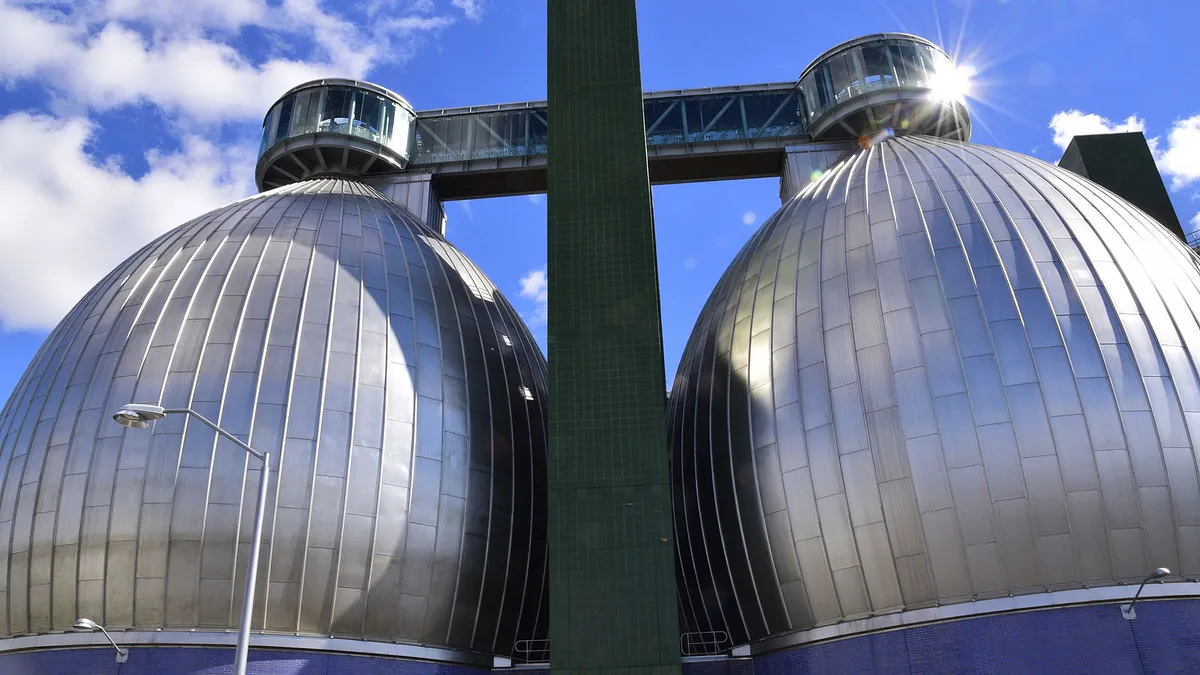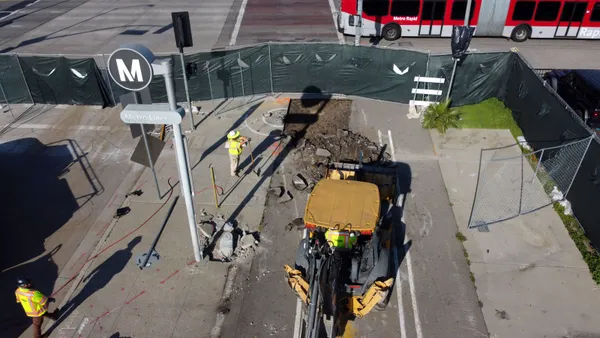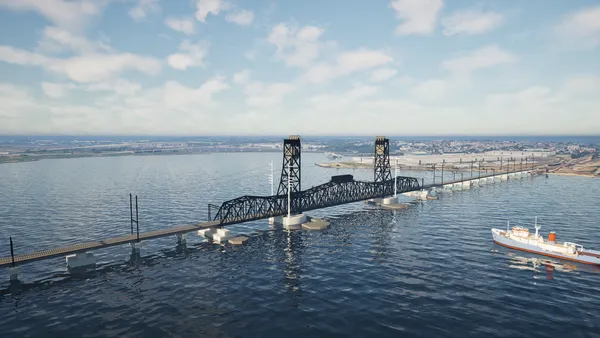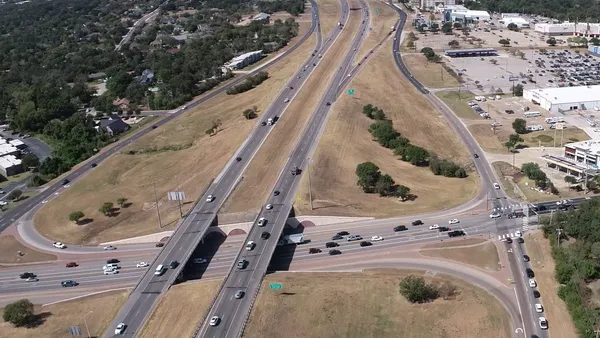Dive Brief:
-
The Environmental Protection Agency on Wednesday announced that it has selected 12 projects to apply for the first Water Infrastructure Finance and Innovation Act (WIFIA) loans, according to Engineering News-Record.
-
The agency selected the projects, which represent $5.1 billion in costs and potential loan requests of roughly $2.3 billion, from 43 letters of interest in response to a notice of funding availability. The 12 projects include wastewater treatment, water recycling, sewer overflow and drinking water projects, as well as one request for a state fund.
-
The WIFIA program has $1.5 billion in low-interest loan money at its disposal. The initiative is similar to the popular Transportation Infrastructure and Finance Innovation Act (TIFIA) loan program, which provides low-interest loans for infrastructure projects.
Dive Insight:
Programs like TIFIA and WIFIA give pubic agencies the opportunity to borrow money for their projects at lower rates than they can get on the traditional market. So popular is TIFIA, specifically, that Congress heard testimony from previous loan recipients last week as part of their research into ways to best fund President Donald Trump's proposed $1 trillion infrastructure program.
By and large, witnesses testified that the terms and low-interest aspects of TIFIA loans made it possible for them to deliver projects that would not have been possible otherwise. They did, however, suggest that the program fees made the loans impractical for projects that cost less than $75 million due to credit-reporting costs of up to $400,000, according to Engineering News-Record. Recipients also noted that program officials should do more outreach to rural communities.
Each dollar of federal spending under the TIFIA program delivers about $10 in loans. Trump, in his 2018 budget, suggested raising the program's funding level to $1 billion, which according to administration officials would result in investments of up to $140 billion. The president has consistently said that states rely too heavily on federal dollars and that he would seek to ratchet down government spending on state and local projects that did not serve the national interest.













